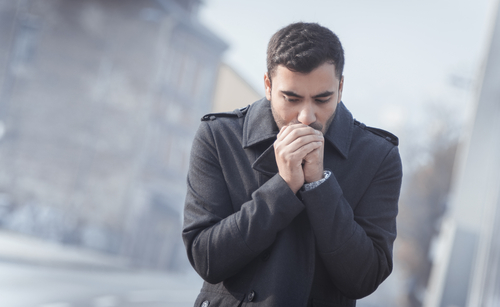DIAGNOSIS
The diagnosis of frostbite is usually apparent based on your signs and symptoms, appearance of your skin, and recent exposure to cold.
Your doctor may conduct tests, such as an X-ray, bone scan or magnetic resonance imaging (MRI) test, to determine frostbite severity and bone or muscle damage. Your doctor may also run tests if he or she suspects you have hypothermia, a condition that often occurs with frostbite.
RECOMMENDED MEDICATIONS
Treatment for frostbite includes first-aid care and medical treatment, depending on the severity of the frostbite. You can treat very mild frostbite (frostnip) with first-aid measures. All other forms of frostbite require prompt medical attention.
First-aid care
- Check for hypothermia. Get emergency medical help if you suspect hypothermia.
- Protect your skin from further exposure. If you’re outside, warm frostbitten hands by tucking them into your armpits. Protect your face, nose and ears by covering them with dry, gloved hands. Don’t rub the affected area and never rub snow on frostbitten skin.
- Get out of the cold. Once you’re indoors, remove wet clothes.
- Gently rewarm frostbitten areas. Soak hands or feet in warm water (37ºC to 42ºC) for 15 to 30 minutes. If a thermometer isn’t available, test the water by placing an uninjured hand or elbow in it. The water should feel warm, not hot.
Don’t rewarm frostbitten skin with direct heat, such as a stove, heat lamp, fireplace or heating pad. These can cause burns.
- If there’s any chance the affected areas will freeze again, don’t thaw them. If they’re already thawed, wrap them up so that they don’t refreeze.
- Take pain medicine. If you are in pain, take over-the-counter ibuprofen (Advil, others) to reduce pain and inflammation.
- Don’t walk on frostbitten feet or toes if possible. This further damages the tissue.
- Know what to expect as skin thaws. If the skin turns red and you feel tingling and burning as it warms, normal blood flow is returning. But seek emergency medical attention if the numbness or pain remains during warming or if blisters develop.
Medical treatment
- Rewarming of the skin. If it hasn’t been done already, your doctor will rewarm the area using a warm-water bath for 15 to 30 minutes. The skin may turn soft and look red or purple. You may be encouraged to gently move the affected area as it rewarms.
- Oral pain medicine. Because the rewarming process can be painful, your doctor will likely give you pain medications.
- Protecting the injury. Once your skin thaws, your doctor may loosely wrap the area with sterile sheets, towels or dressings to protect the skin. You may need a brace or splint if the bone or muscle is involved. And you may need to elevate the affected area to reduce swelling.
- Removal of damaged tissue (debridement). To heal properly, frostbitten skin needs to be free of damaged, dead or infected tissue. To better distinguish between healthy and dead tissue, your doctor may wait one to three months before removing damaged tissue.
- Whirlpool therapy. Soaking in a whirlpool bath (hydrotherapy) can aid healing by keeping skin clean and naturally removing dead tissue. You’ll be encouraged to gently move the affected area while it is under water.
- Infection-fighting drugs. If your skin or blisters appear infected, your doctor may prescribe oral antibiotics.
- Clot-busting drugs. You may receive an intravenous injection (IV) of a drug (thrombolytic) that helps restore blood flow, such as tissue plasminogen activator (TPA). Studies show that TPA lowers the risk of amputation in people with severe frostbite. But these drugs can cause serious bleeding and are typically used only in the most serious situations and within 24 hours of exposure.
- Wound therapy. If you have a complex wound, your doctor might suggest a technique called vacuum-assisted closure therapy to promote healing.
- Surgery. In severe cases, surgery or amputation may be necessary to remove the dead or decaying tissue.
- Hyperbaric oxygen therapy involves breathing pure oxygen in a pressurized room. Some patients showed improved symptoms after this therapy. But more study on hyperbaric oxygen therapy is needed.


